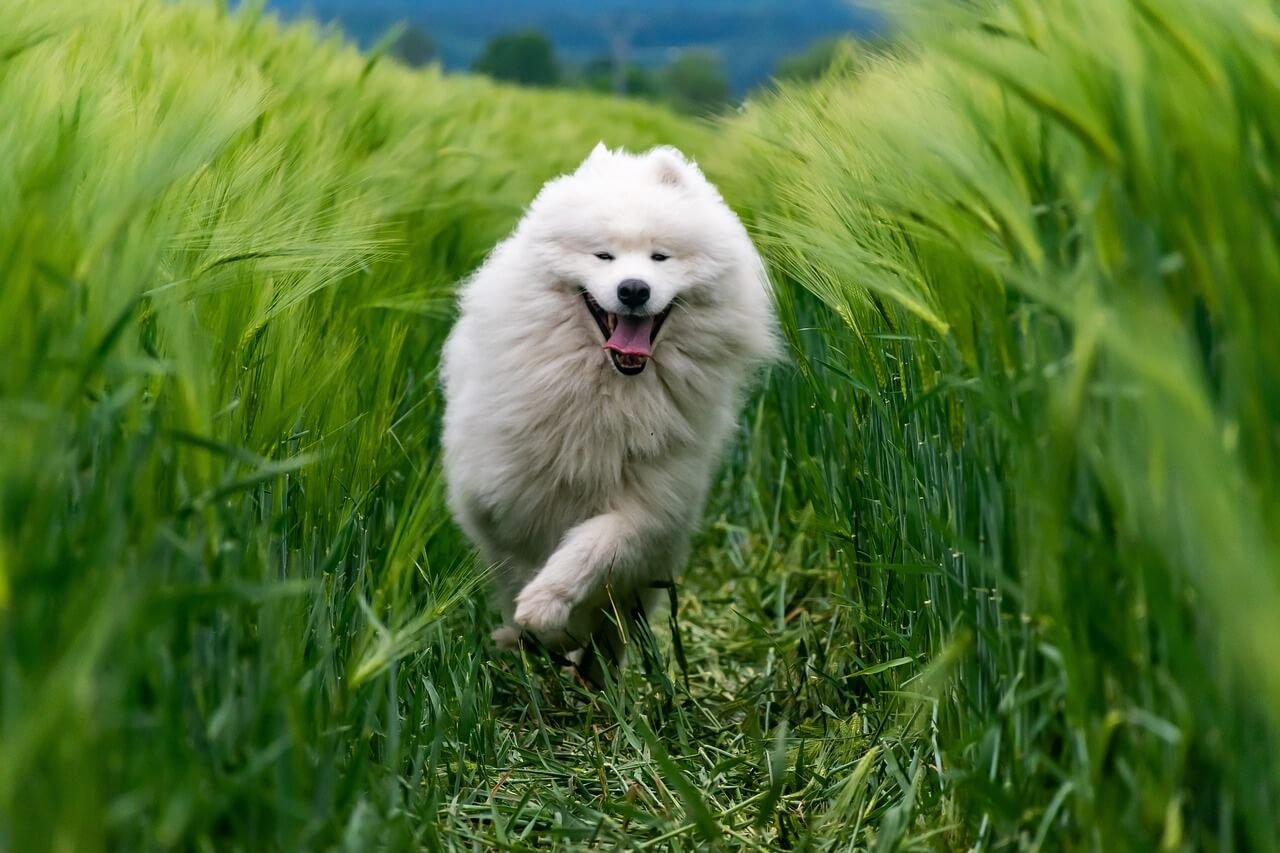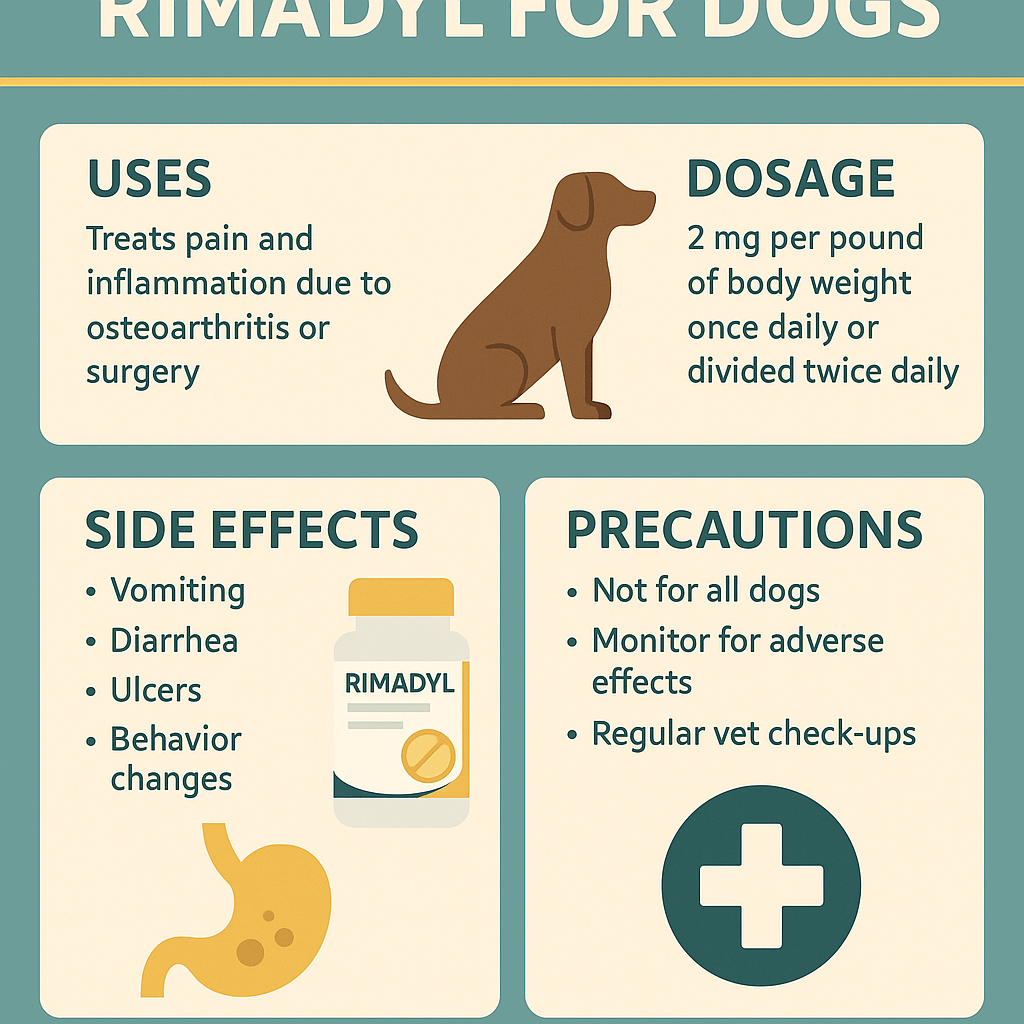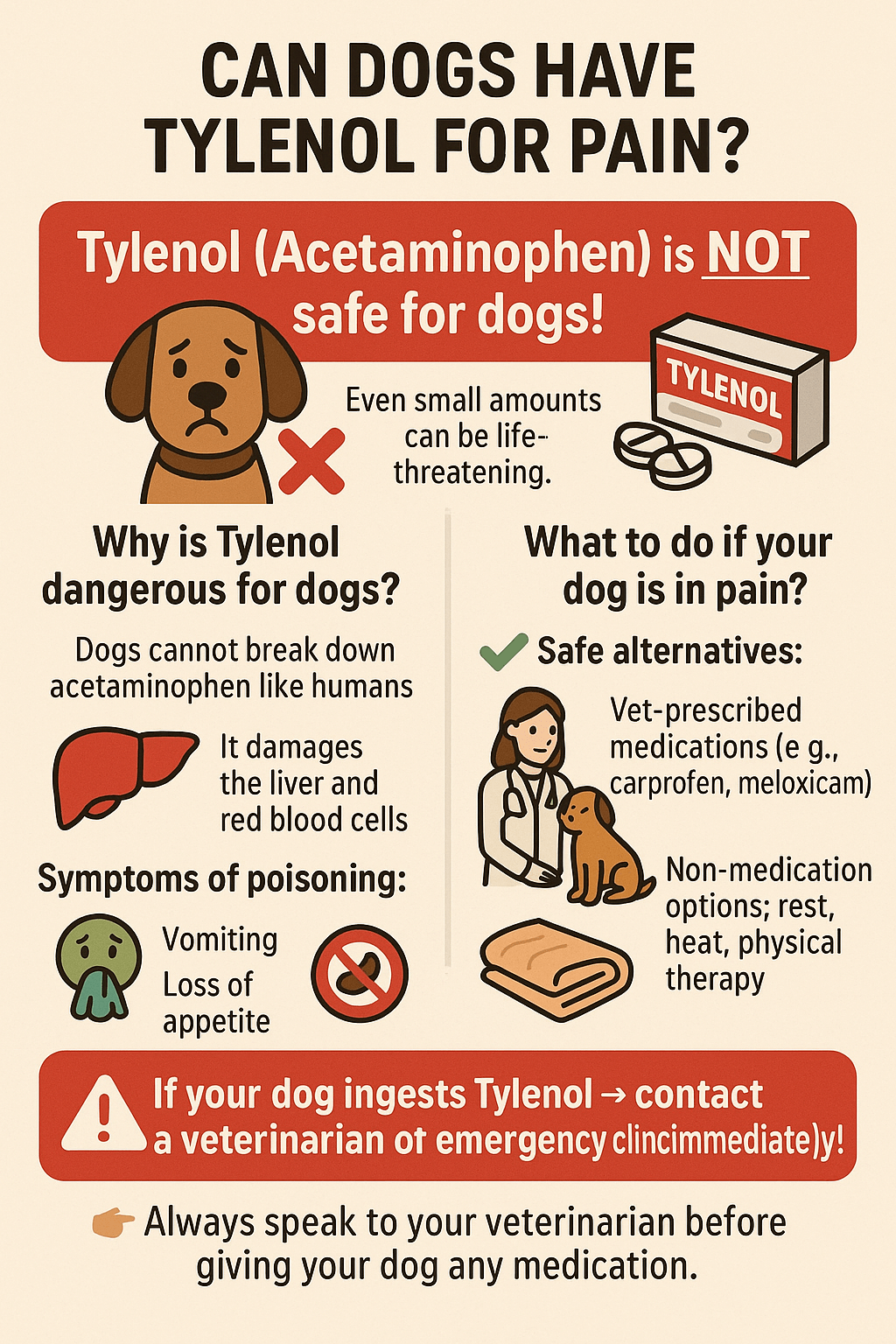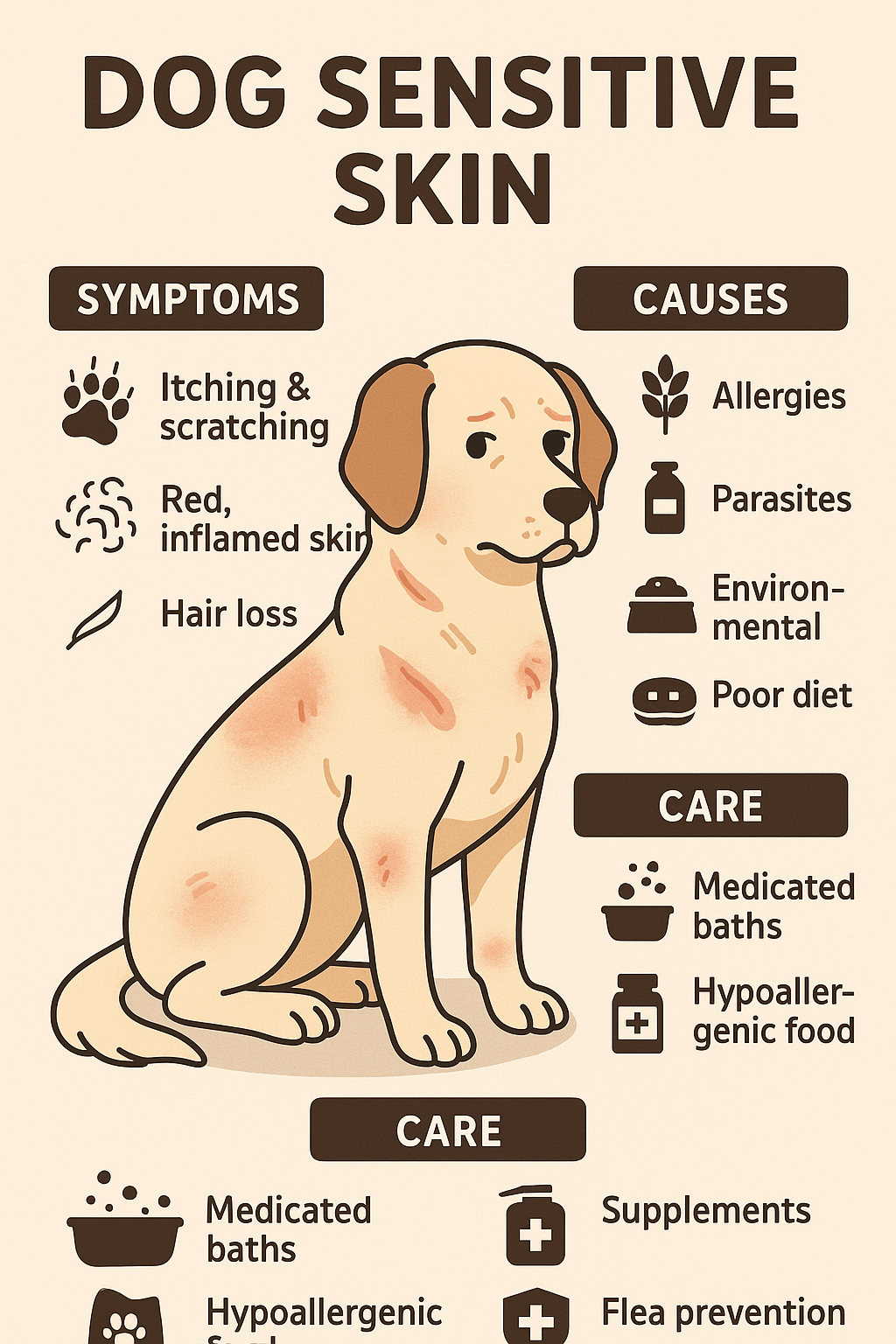The Life Cycle of a Dog: From Puppyhood to Senior Years
Dogs are more than just pets; they are loyal companions, cherished family members, and sources of unconditional love. Understanding the life cycle of a dog is essential for providing them with the care and attention they need at every stage of their journey. From playful puppies to wise seniors, each phase brings unique joys and challenges. This blog post will guide you through the fascinating stages of a dog’s life, offering insights into their growth, behavior, and needs. Whether you’re a first-time dog owner or a seasoned pet parent, this exploration of the canine life cycle will deepen your appreciation for these incredible animals.
Early Development and Key Characteristics
The puppyhood stage is arguably the most adorable and demanding period in a dog’s life. During this time, puppies undergo rapid physical and mental development, laying the foundation for their future behavior and health. Here are some key aspects of puppyhood:
- Physical Growth: Puppies grow quickly, often doubling their birth weight within the first few weeks.
- Socialization: This is the critical window for introducing puppies to new people, animals, and environments.
- Training Basics: Teaching simple commands like “sit” and “stay” helps establish good habits early on.
- Nutritional Needs: Puppies require a diet rich in protein and essential nutrients to support their fast growth.
- Vaccinations and Health Checks: Regular vet visits ensure they stay protected from common diseases.
By understanding and nurturing these aspects, you can set your puppy up for a healthy and happy life. Remember, the effort you invest during this stage pays off in the long run.
Challenges and Opportunities in a Dog’s Teenage Years
As dogs transition from puppyhood to adolescence, they enter a phase that is both exciting and challenging. Often compared to the teenage years in humans, this stage is marked by increased energy, curiosity, and occasional stubbornness. Here’s what to expect:
- Behavioral Changes: Dogs may test boundaries and exhibit behaviors like chewing or digging.
- Increased Independence: They start exploring their surroundings with greater confidence.
- Physical Maturity: Most dogs reach their full size during this period, though some breeds take longer.
- Training Reinforcement: Consistent training helps channel their energy and reinforces good behavior.
- Emotional Bonding: Spending quality time together strengthens your relationship.
Adolescence is a crucial time for reinforcing the lessons learned during puppyhood while adapting to your dog’s evolving personality. With patience and consistency, this phase can be a rewarding experience for both you and your furry friend.
Expert Opinion: The Importance of Early Socialization in Dogs
Dr. Sarah Thompson, a renowned veterinarian and animal behaviorist, emphasizes the critical role of early socialization:
“Exposing puppies to a variety of people, animals, and environments before 16 weeks of age is vital for their emotional development. Proper socialization reduces fear-based behaviors and lays the groundwork for a confident, well-adjusted adult dog.”
Check this guide 👉 Top 5 Best Turkey Dog Food Options for Ultimate Nutrition!
Check this guide 👉 Top 4 Premium Beef Dog Food Options for Ultimate Nutrition!
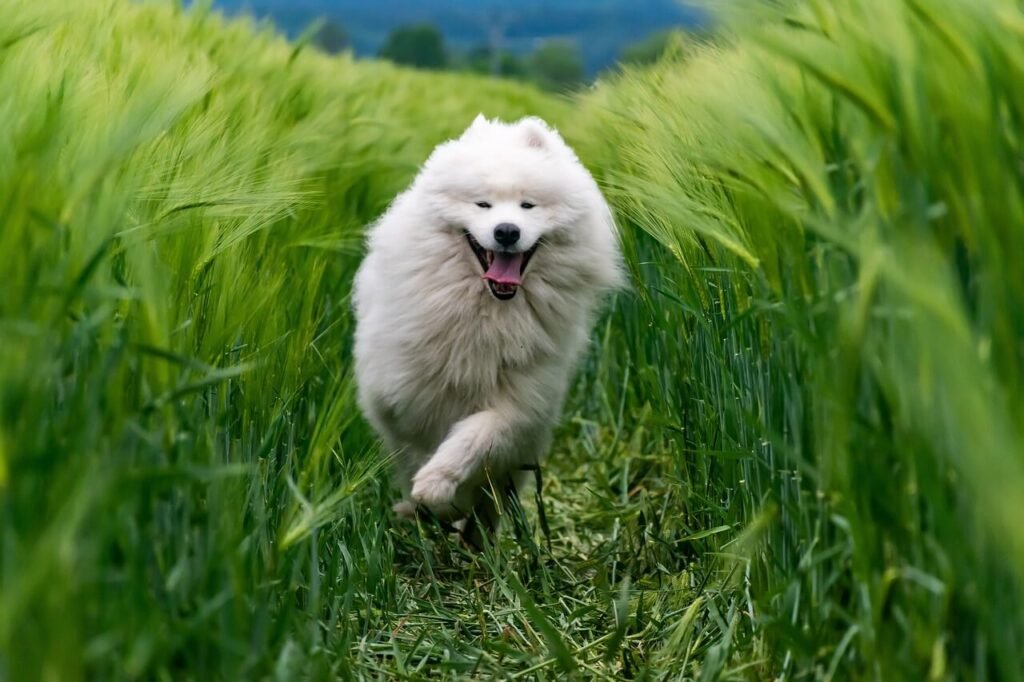
Stage of Life | Key Characteristics |
|---|---|
Puppyhood | Rapid growth, socialization, basic training |
Adolescence | Behavioral testing, physical maturity |
Adulthood | Peak health, stable behavior, active lifestyle |
Senior Years | Slower pace, potential health issues |
End-of-Life Care | Comfort-focused care, emotional support |
Enjoying the Best Years Together
Adulthood is often considered the golden era of a dog’s life. During this stage, dogs are physically mature, emotionally stable, and full of energy. Here’s what makes this phase so special:
- Peak Physical Condition: Adult dogs are typically at their healthiest and most active.
- Established Routines: They thrive on consistent schedules for feeding, exercise, and playtime.
- Strong Bonding: This is the time when your relationship with your dog deepens.
- Training Refinement: Advanced training can enhance skills and address any lingering behavioral issues.
- Health Monitoring: Regular check-ups help detect and prevent age-related conditions.
Adulthood is a time to enjoy the fruits of your earlier efforts while maintaining a proactive approach to your dog’s well-being. It’s a period filled with shared adventures and lasting memories.
Caring for an Aging Companion
As dogs enter their senior years, their needs shift, requiring adjustments in care and attention. While this stage may bring challenges, it also offers opportunities to cherish the bond you’ve built over the years. Here’s how to navigate this phase:
- Reduced Activity Levels: Older dogs may tire more easily and require shorter walks.
- Dietary Adjustments: Specialized food can support joint health and manage weight.
- Frequent Vet Visits: Regular health screenings help manage age-related conditions.
- Comfort-Focused Environment: Soft bedding and easy access to essentials improve their quality of life.
- Emotional Support: Extra affection and patience go a long way in making them feel loved.
Though the senior years may be bittersweet, they remind us to appreciate every moment with our furry friends. By adapting to their changing needs, we can ensure their twilight years are as comfortable and joyful as possible.
The Role of Nutrition in a Dog’s Development
Proper nutrition is a cornerstone of your dog’s health and well-being, and their dietary needs evolve as they progress through life stages. Providing the right nutrients at each phase ensures optimal growth, energy levels, and longevity. Here are key considerations for feeding your dog at different stages:
- Puppyhood: High-calorie diets rich in protein and fat support rapid growth and brain development.
- Adolescence: Balanced meals with controlled portions help manage energy levels and prevent obesity.
- Adulthood: Focus on maintaining a healthy weight with nutrient-dense food tailored to their activity level.
- Senior Years: Easily digestible formulas with joint-supporting ingredients like glucosamine and omega-3s promote mobility.
- Special Needs: Dogs with allergies or medical conditions may require prescription diets or homemade meals.
By adapting your dog’s diet to their changing needs, you can support their overall health and happiness throughout their life.
Why Physical and Mental Activity Matters
Exercise and mental stimulation are vital for a dog’s physical health and emotional well-being. These activities not only keep them fit but also strengthen the bond between you and your pet. Here’s how to tailor activities to different life stages:
- Puppyhood: Short play sessions and interactive toys introduce them to new experiences safely.
- Adolescence: Longer walks and structured games like fetch help burn off excess energy.
- Adulthood: Regular exercise routines, such as running or agility training, maintain fitness and focus.
- Senior Years: Gentle exercises like swimming or slow-paced walks keep joints flexible without overexertion.
- Mental Stimulation: Puzzle toys and obedience training engage their minds and prevent boredom.
Providing age-appropriate activities ensures your dog remains physically and mentally sharp, enhancing their quality of life at every stage.
The Importance of Regular Check-Ups
Staying proactive about your dog’s health is essential for catching potential issues early and ensuring they live a long, happy life. Routine monitoring and preventive care can make a significant difference. Here’s what to focus on at each stage:
- Puppyhood: Schedule vaccinations, deworming, and initial health screenings to build a strong foundation.
- Adolescence: Monitor for signs of behavioral or developmental issues and address them promptly.
- Adulthood: Annual vet visits and dental cleanings help maintain overall health and detect early warning signs.
- Senior Years: Biannual check-ups and blood tests can identify age-related conditions like arthritis or kidney disease.
- Emergency Preparedness: Keep a first-aid kit and know the signs of common emergencies, such as poisoning or heatstroke.
By staying vigilant and prioritizing preventive care, you can ensure your dog enjoys a healthy and vibrant life, no matter their age.
FAQ Section
How long does each stage of a dog’s life typically last?
Puppyhood lasts about 6-18 months, adolescence spans 6-24 months, adulthood begins around 2 years, and senior years start at 7-10 years, depending on the breed.
What are the signs that my dog is entering adolescence?
Look for increased energy, testing boundaries, and changes in behavior such as chewing or digging.
How can I keep my senior dog active?
Short, gentle walks and low-impact activities like swimming can help maintain mobility without overexertion.
Is it normal for adult dogs to gain weight?
Yes, but it’s important to monitor their diet and exercise to prevent obesity-related health issues.
How can I prepare for my dog’s end-of-life care?
Focus on comfort, consult your vet for pain management options, and provide plenty of emotional support during this sensitive time.
Celebrating Every Stage of Your Dog’s Journey
The life cycle of a dog is a remarkable journey filled with growth, learning, and love. From the boundless energy of puppyhood to the wisdom of senior years, each stage offers unique opportunities to strengthen the bond between you and your furry companion. By understanding and embracing these phases, you can ensure your dog lives a fulfilling and healthy life. Cherish every wag of the tail, every playful bark, and every quiet moment of companionship. After all, the joy dogs bring into our lives is immeasurable, and their loyalty reminds us of the beauty of unconditional love.
Rimadyl for Dogs: Best 7 Expert Tips! Discover expert advice on using Rimadyl safely, managing pain, and improving your dog’s mobility with trusted veterinary insights.
Can Dogs Have Tylenol for Pain? Best 7 Expert Tips! Discover the risks, safe alternatives, and expert advice on managing your dog’s pain effectively while avoiding harmful medications.
Understanding Hemophilia in Dogs: Best 7 Expert Tips! Discover expert advice on managing hemophilia, recognizing symptoms, and ensuring your dog’s well-being with practical care strategies.
Understanding Dog Sensitive Skin: Best 7 Expert Tips! Discover expert advice on managing dog sensitive skin, relieving irritation, and improving your pup’s comfort with practical solutions.

